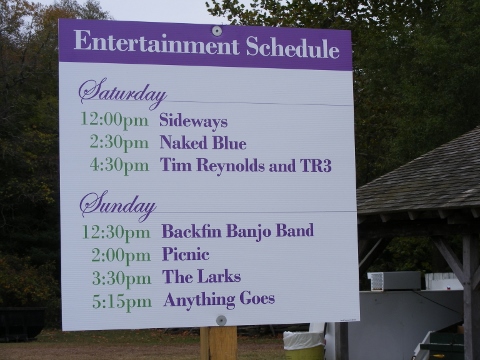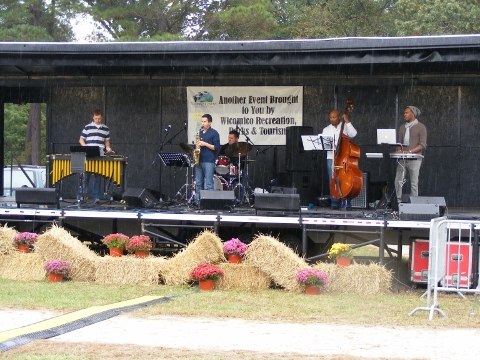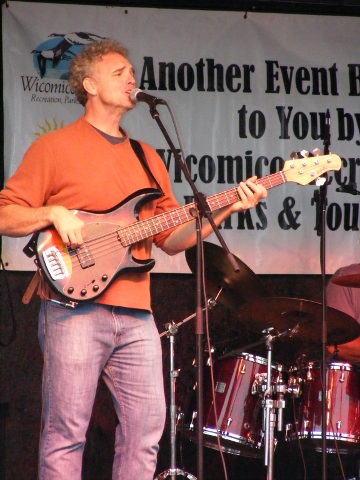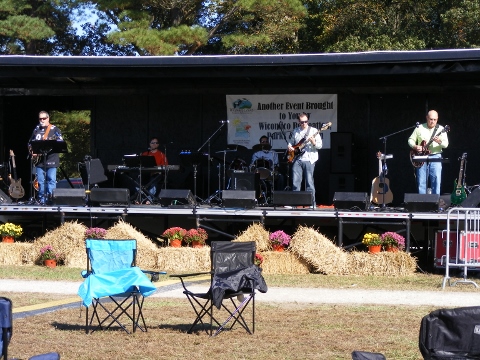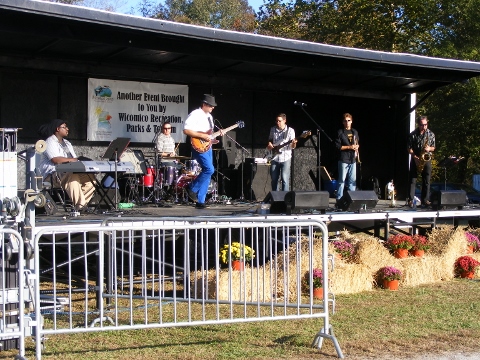There’s really not a lot of political news today – aside from the fact that Charles Lollar debuted his revamped website, which will probably draw criticism from some quarters because he did it on Halloween – so I thought I’d check in with an observation about the day.
First I have to give you some background: I am 49 years old, so my prime Halloween time was about four decades ago. At the time I lived in a more or less middle-class portion of Toledo, but when I was 11 we moved to a rural area so I think the year I was 10 was the last time I went trick-or-treating. It seemed to me that just about every house on the street participated, so my brothers and I really only needed to go up and down our block (probably 15-20 houses each side) to get our fill of candy; if not we could easily catch up on the next street over.
Now allow me to fast-forward a couple decades to when my daughter was around 10 years old, which would have been the early 1990s. Again, at the time we lived in Toledo although I would say the neighborhood we lived in at the time was more toward working-class than middle-class. Perhaps 1/3 to 1/2 of the houses participated, and with fewer per block we normally went down Atlantic (our street) for its three blocks and National (the street behind us) to loop back.
Yet there were already other key differences. Gone were the occasional popcorn ball or apple we would get as a kids. Instead, we received practically everything in wrapped form and we had to come home and inspect it. A few years earlier they began the whole procedure of x-raying the bag of candy because people were paranoid about razors, needles, or other foreign objects inserted into the candy. (I’d always heard that legend, even as a kid, but I don’t recall an actual case.)
During those years I volunteered to sit at home and pass out the candy, I noticed that the average age of the trick-or-treaters had gone up significantly. Of course my memory is fuzzy about childhood, but it seemed like I was pretty much average when the last year I went trick-or-treating was the year I turned 10. But when passing out candy as an adult, I think the average age was 11 or 12, with way too many high school kids for my liking. Shouldn’t Halloween be for the little ones?
Of course, nowadays Halloween is an event, with decorations, gatherings, and merchandising beginning before Labor Day. We also have actual government-sponsored festivities billed as a “safe alternative” to soliciting candy from strangers. Does it bother you that the subliminal message is that it’s up to the government to provide regimented activities to keep your kids safe?
We were happy to get out, get the bag of candy, and watch Charlie Brown – now it’s almost like a monthlong buildup to a week of activity. In a lot of ways, the hype surrounding Halloween is more and more like the buildup to Christmas, with candy replacing toys and games as the premium kids expect. (The commercial where the family schemes with their smartphones to avoid the dentist giving out floss reminds me of that attitude.) At least with Christmas, though, you have the benefit of family and time off from school and work – maybe the pagans will demand that next for Halloween.
But now that the candy’s been passed out, the “safe” activities sponsored by your friendly neighborhood governmental unit are done for the year, and the sugar buzz begins to die down, one thing is certain: the commercial blitz we used to call “Merry Christmas” will begin tomorrow. Retailers have a lot of work to do because Thanksgiving (remember that holiday, the one we’re supposed to count our blessings? thought not) falls late on the calendar this year, and there’s only four short weeks between the two holidays.
So I hope you enjoyed your Halloween if you chose to go all out and celebrate it. Me, I just did my job as it was just another Thursday. Maybe that’s the way it should be for adults, at least those who don’t have kids under 12.
Maybe this will put me in a better spirit? Anyone else remember these guys?
I guess they’re still around, although I doubt with nearly as much hair.


